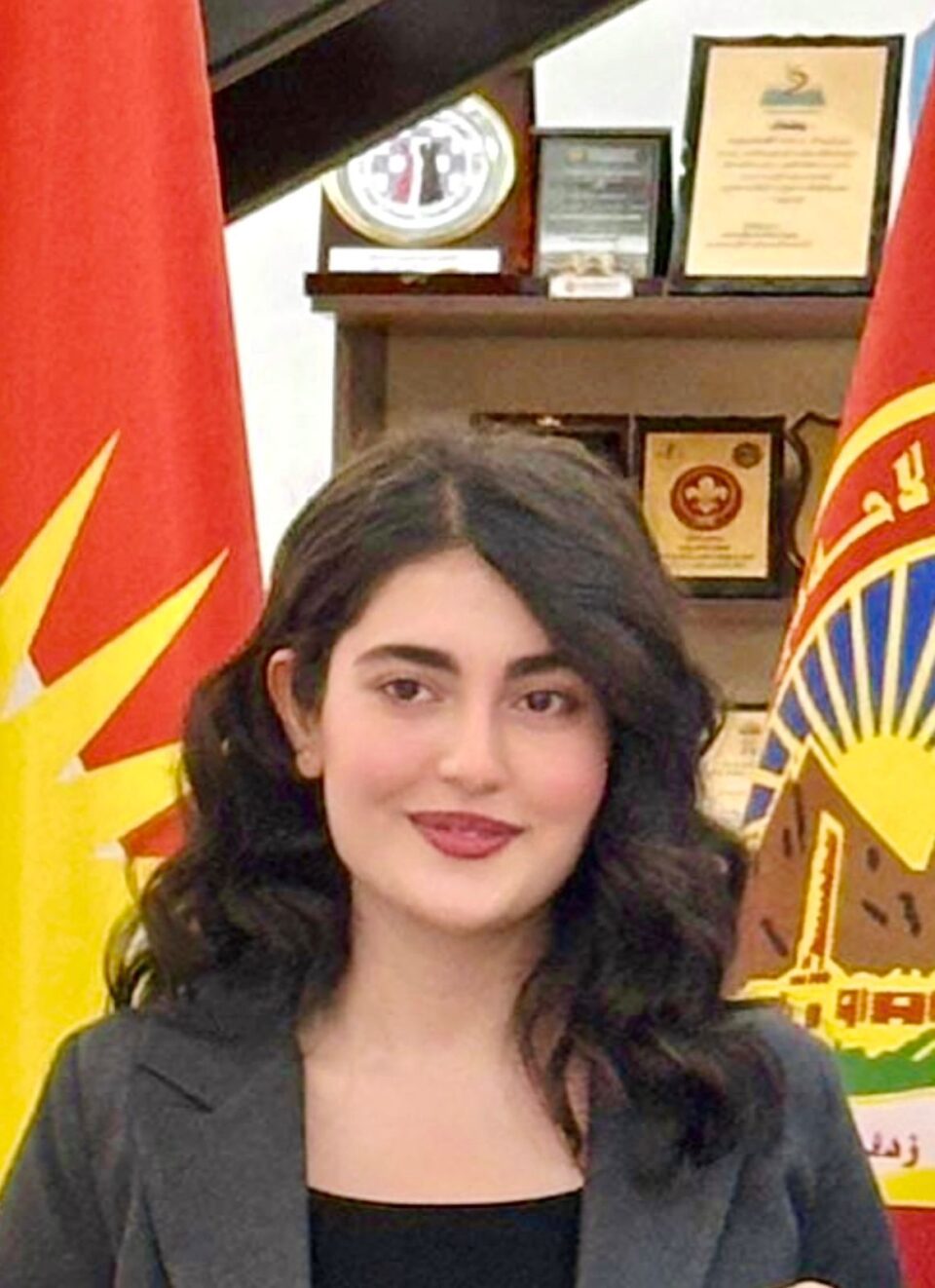By Awesta Ali Mohammed
The representation of Kurdish historical and cultural narratives in foreign museums plays a crucial role in enhancing global awareness and appreciation of Kurdish heritage. As a distinct ethnic group with a rich history and diverse cultural traditions, the Kurds have often faced marginalization within the broader Middle Eastern context. However, the inclusion of Kurdish artifacts and narratives in various museums around the world significantly contributes to a greater understanding of their identity and struggles.
Several renowned institutions have begun to recognize the importance of Kurdish narratives within their collections. For example, the British Museum in London has showcased artifacts that reflect the ancient Mesopotamian civilization, which is integral to Kurdish heritage. Artifacts such as cuneiform tablets and ancient pottery highlight the historical significance of the region and acknowledge the contributions of Kurdish culture to Mesopotamian civilization. Similarly, the Louvre Museum in Paris has featured exhibitions that include Kurdish artifacts, helping to construct a more nuanced understanding of Kurdish history, presenting it as a vital component of the broader historical narrative.
In Sweden, institutions like the Swedish Museum of World Culture have also taken steps to include Kurdish narratives in their exhibitions. By showcasing traditional Kurdish clothing, textiles, and contemporary art, these museums foster cultural visibility and promote intercultural dialogue. Such initiatives allow visitors to engage with Kurdish culture, fostering a deeper appreciation for the complexities of Kurdish identity and history.
Additionally, the Erbil Citadel, recognized as a UNESCO World Heritage Site, exemplifies how Kurdish narratives can be positively represented in foreign contexts. Artifacts excavated from this ancient site reflect the daily lives and traditions of the Kurdish people. When showcased in international exhibitions, these items provide a platform for Kurdish voices and stories, enhancing cultural visibility and awareness.
Collaborations between Kurdish communities and foreign museums can further enrich the representation of Kurdish narratives. Such partnerships enable museums to create educational programs that incorporate contemporary Kurdish perspectives, enhancing the authenticity of the displayed narratives. Engaging with Kurdish scholars, artists, and community leaders provides valuable insights into the significance of specific artifacts, encouraging visitors to engage with Kurdish history on a deeper level.
Initiatives such as the National Museum at Amna Suraka in Iraqi Kurdistan also illustrate a transformative approach to Kurdish history. Originally a site of oppression under the Ba’ath regime, it has been repurposed to preserve and showcase Kurdish culture, serving as a national memorial that highlights the complexities of Kurdish identity.
In conclusion, the representation of Kurdish historical and cultural narratives in foreign museums significantly contributes to global awareness and appreciation of Kurdish heritage. By showcasing the connections between Kurdish history, art, and culture—through institutions in countries such as Britain, France, and Sweden—foreign museums foster intercultural dialogue and understanding. These efforts validate the experiences of the Kurdish people and promote a more inclusive narrative of human history, enriching the collective memory of societies worldwide.

